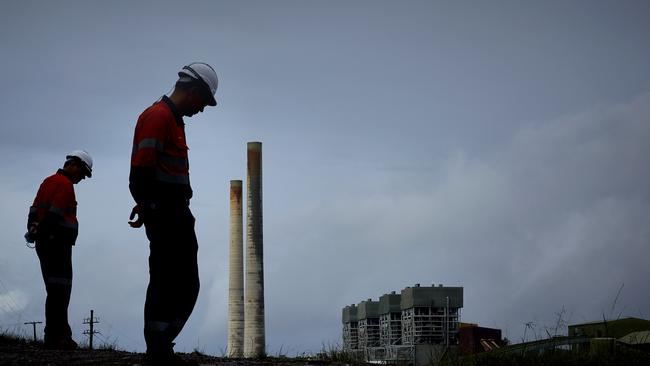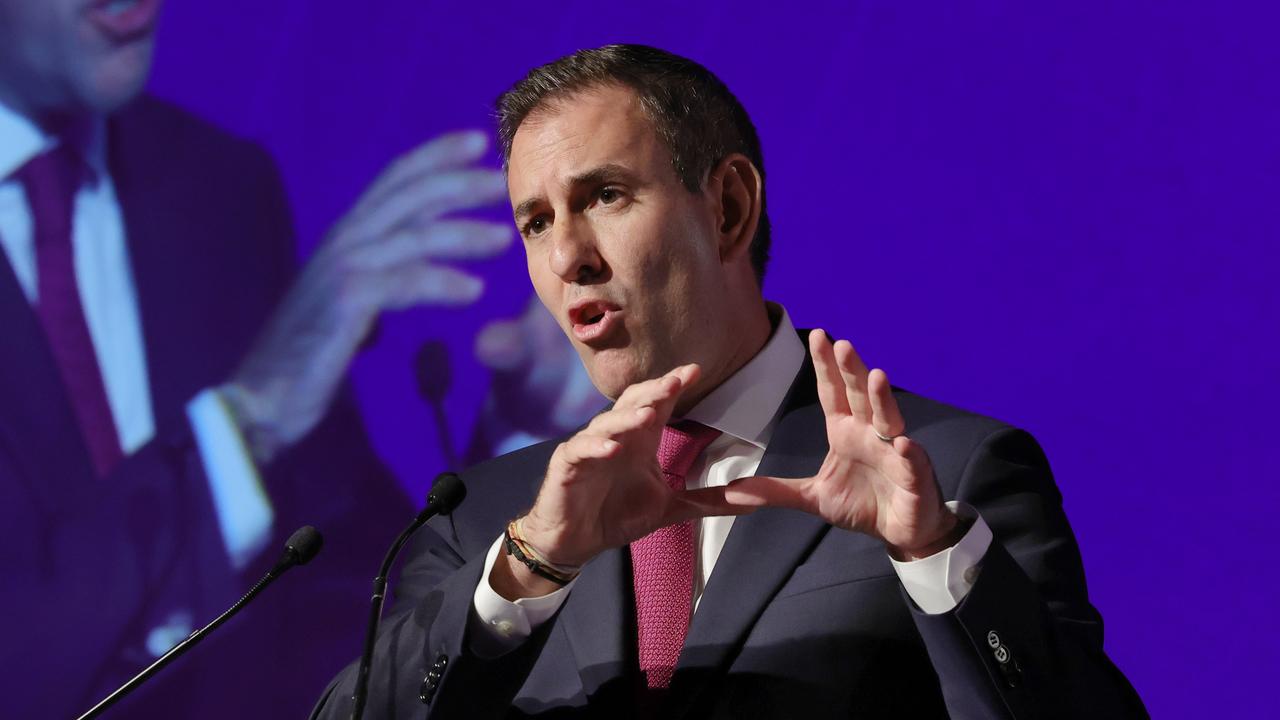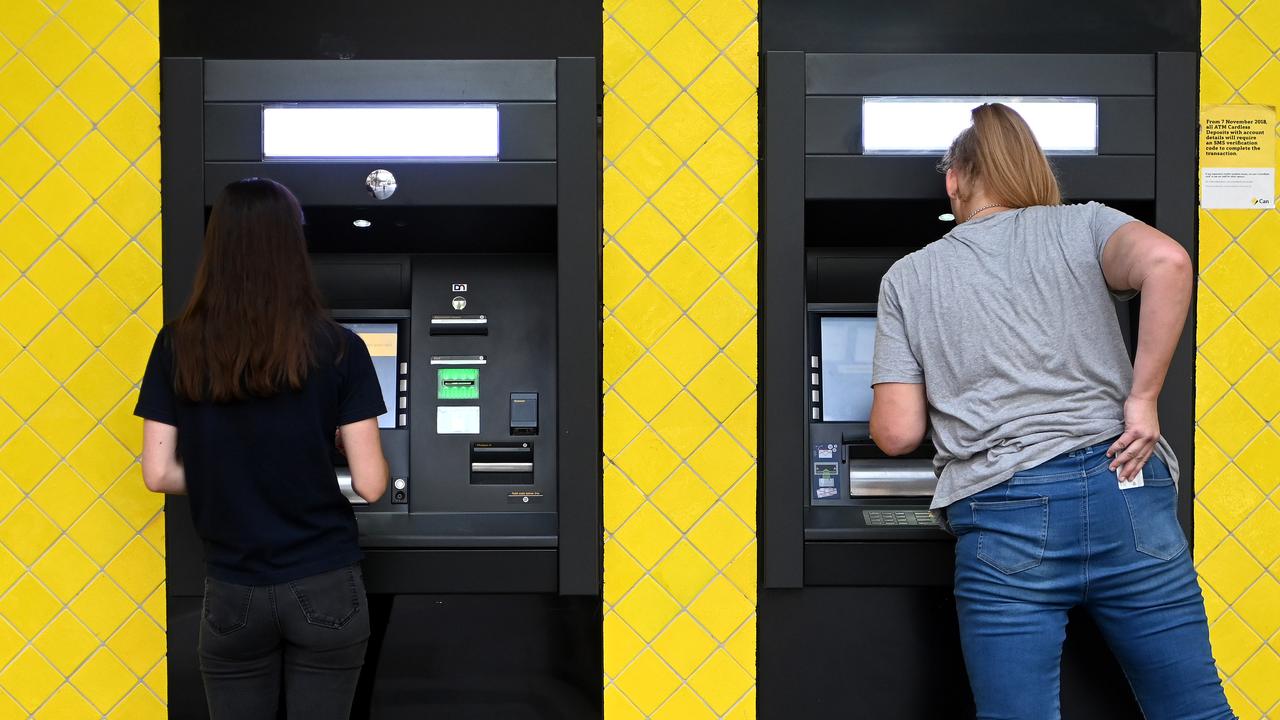Power bill in NSW rise as state plots path to dodge blackouts
Origin Energy has told its large business customers it will increase charges to pay for the cost of a NSW peak demand reduction scheme to start in November.

Big energy users in NSW will be slugged a new charge on their electricity bills with an initiative to avoid blackouts resulting in retailers passing through the cost of the scheme direct to major customers.
The scheme was touted last year by NSW Energy Minister Matt Kean as a world-first to cut peak energy use and save $1.2bn on electricity bills by 2040.
Known as the Peak Demand Reduction Scheme, it aims to cut the threat of blackouts and limit price surges during summer by providing households and businesses with discounts if they buy or install equipment that uses less energy during peak times.
But ahead of the scheme starting on November 1, one of the nation’s largest electricity retailers – Origin Energy – has started sending letters to its 5500 large business customers warning they will face an extra charge on their bills as a result of the policy.
The scheme “is intended to assist NSW achieve its net zero emissions target whilst providing a safe and reliable electricity system for customers, minimising the risk of blackouts and price surges during the summer period,” Origin told the customers.
“One of the impacts of the introduction of the scheme is increased costs to retailers like us. This means that we’ll be increasing our charges for the sale of electricity to reflect the impact that the ... scheme is expected to have on us,” the letter reads.
The new peak demand charge will add 0.3 per cent to the cost of an average bill for large businesses or $0.2448 per megawatt hour. It aims to cut the amount of electricity used at peak times between 2.30pm and 8.30pm with a certificate scheme incentivising households and businesses to cut energy consumption.
NSW faces an increased risk of blackouts by 2025 due to uncertainty whether enough generation will be online once Origin’s Eraring plant – Australia’s largest coal station - shuts down.
Energy retailers and large energy users buy peak reduction credits from the local businesses that install the appliances to meet their energy savings targets.
The NSW government introduced the new green charge as part of its Energy Security Safeguard, first drafted in 2019 to avoid blackouts. It estimated that if backyard pool pumps and filters across the state were used outside of peak periods, it could save up to 450 megawatts, more than a quarter of capacity of the Liddell coal plant. The state has an initial peak demand reduction target of 0.5 per cent, which will gradually increase to 10 per cent by late 2029.
The target will remain at 10 per cent until the end of the scheme in 2050 and has received support from AGL Energy.
“AGL believes the scheme is well placed to encourage low-cost and market driven solutions for minimum demand scenarios by allowing certificates to be generated for having capacity available to support minimum demand,” the energy operator said in a submission on the policy.
The scheme would maintain a reliable, affordable and sustainable electricity system, according to the NSW government.
“By reducing demand, the scheme will help keep the lights on as coal-fired power stations retire due to age,” a Planning Department spokesman said. “It will also help reduce energy bills in the future, avoid blackouts and ensure stable electricity supplies.”
However, energy operator Shell has previously pointed to the added costs of the policy despite its broader intentions.
“The NSW government believes that the scheme will improve reliability by reducing NSW peak demand and affordability by placing downward pressure on wholesale electricity prices despite the costs of complying with the scheme being passed on by retailers to customers as a specific line item on their electricity bill,” Shell said in an explanatory note on its website.
Green and government schemes account for between 6 to 14 per cent of a typical household bill and include carbon reduction schemes, renewable energy and feed-in tariffs for homes with solar panels, as well as energy efficiency schemes, according to the Australian Energy Council.
Wholesale and retail typically contribute 40-50 per cent of a bill with transmission and distribution making up the balance.
The bill increase follows small business customers in NSW facing a 10 per cent to 19.7 per cent lift, or $690 to $1146 annual bill jump, as part of the default market offer.
While default offers do not determine costs for most Australians, given only about 10 per cent of households are on standing offers, they set a benchmark and are seen as highly influential as big retailers set their own offers.







